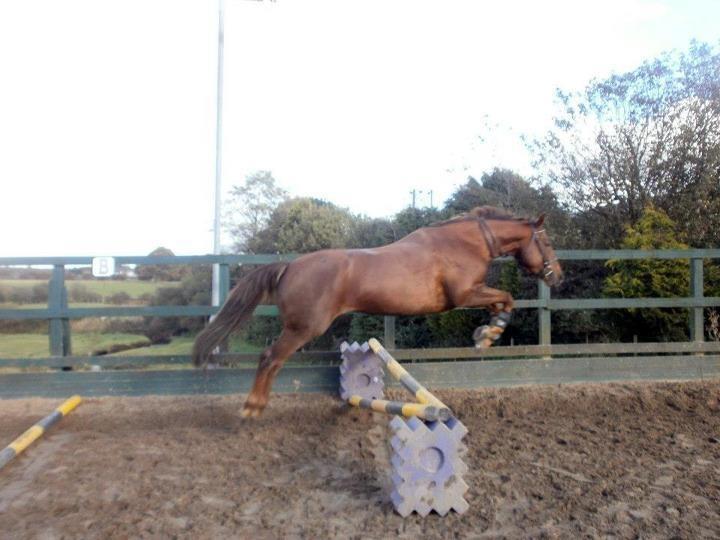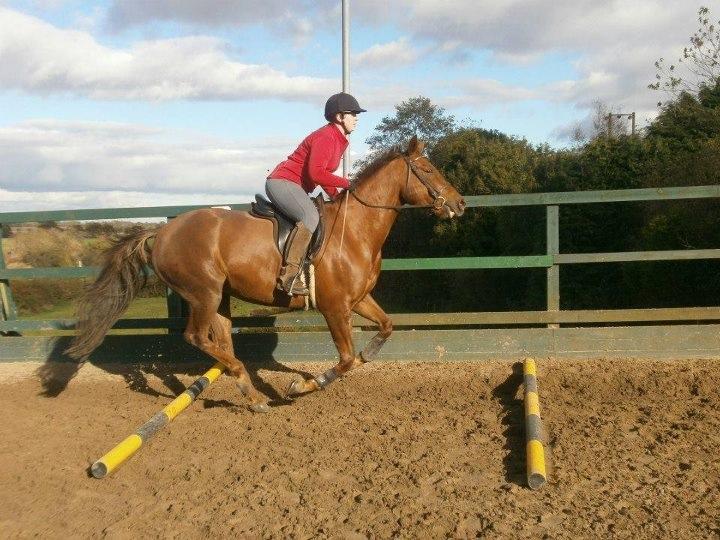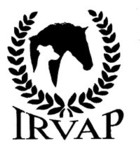
How Veterinary Physiotherapy can help your animal.
Veterinary Physiotherapy can be used to help your animal at various times in their lives, whether they are suffering from injuries, diseases, require pre and/or post-operative rehabilitation, conformation abnormalities or to enhance performance in working, agility or show dogs.
*YOUR VETS PERMISSION MUST BE GAINED PRIOR TO TREATMENT.*
A treatment session commences with the animals gait being assessed in walk and trot.
Then a thorough assessment of the animals body, checking:
- soft tissue,
- joint & limb range of motion,
- areas of hypotrophy (muscle wastage) or
- hypertrophy (muscle overdevelopment),
- saddle fitting issues
- nerve damage
- subluxations (partial joint misalignments)
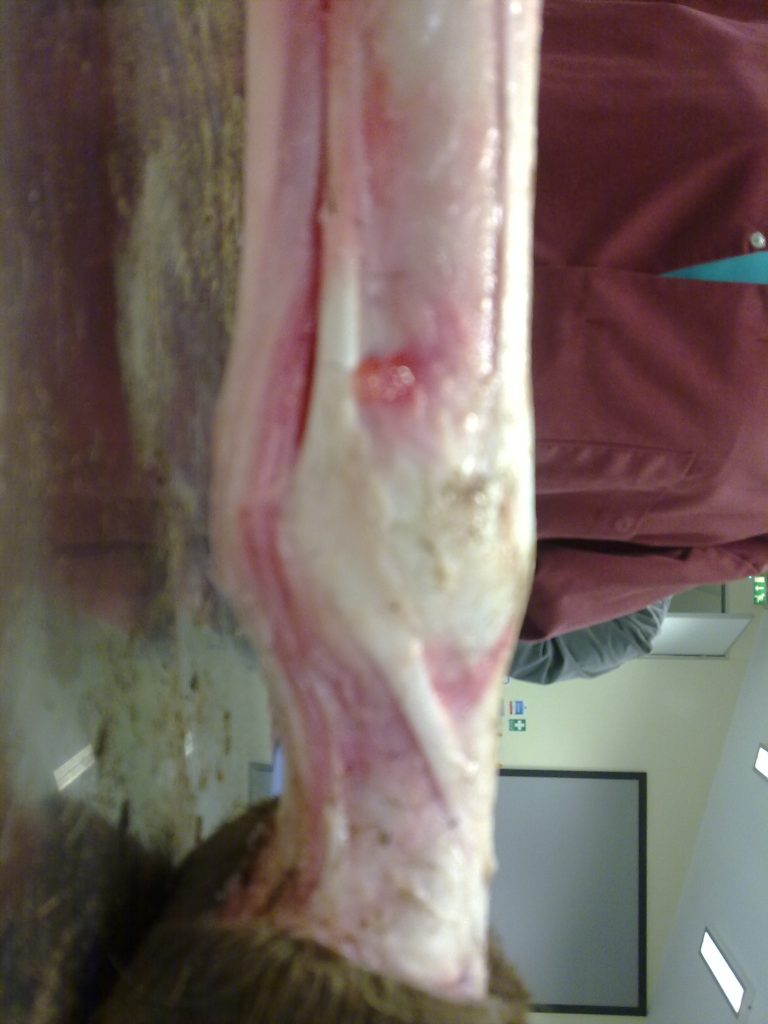
A Veterinary Physiotherapy treament can include a number of different modalities, such as:
- Massage
- Trigger Point Therapy
- Range of Motion (ROM) of Joints
- Stretches – passive and active
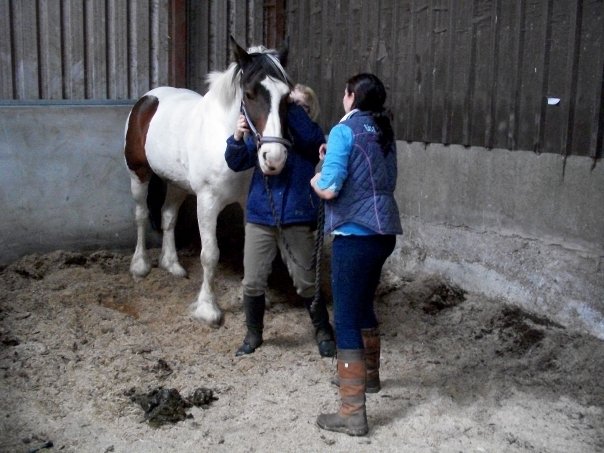
Mohawk 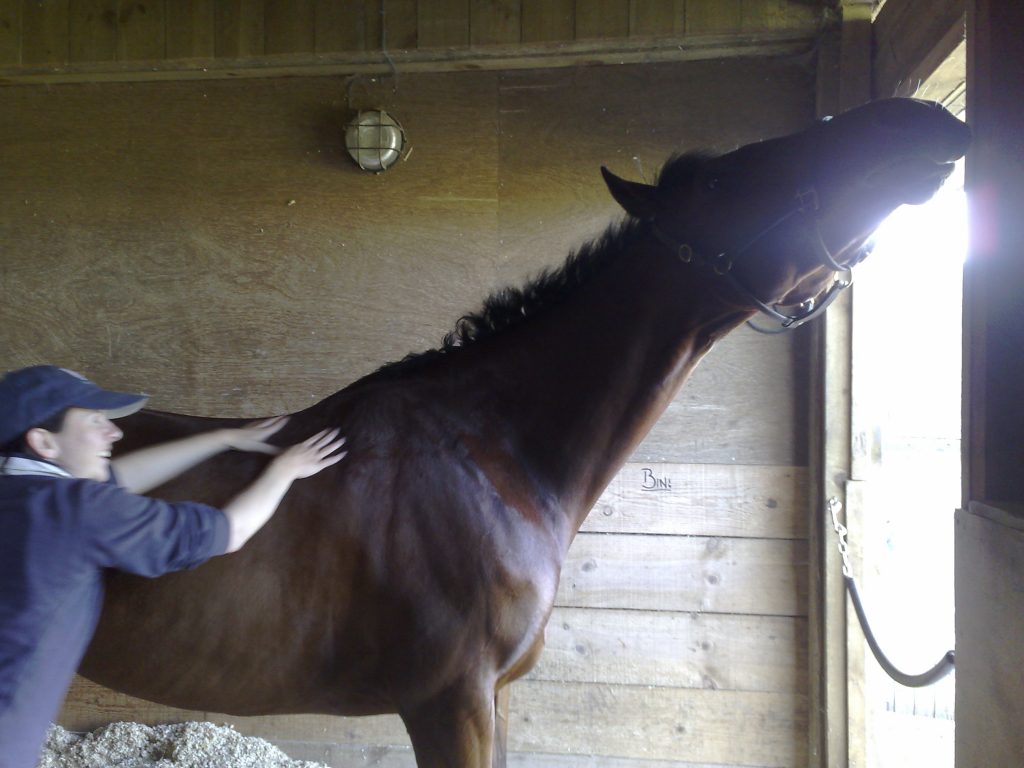
Pablo 
Denzel
- Electrotherapies
- Therapeutic Ultrasound,
- Pulsed Magnetic Field Therapy,
- Phototherapy,
- Neuromuscular Electrical Stimulation (NMES),
- Longwave Therapeutic Ultrasound,
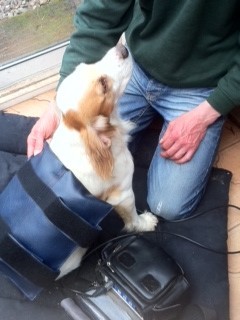
Archie having PMFT 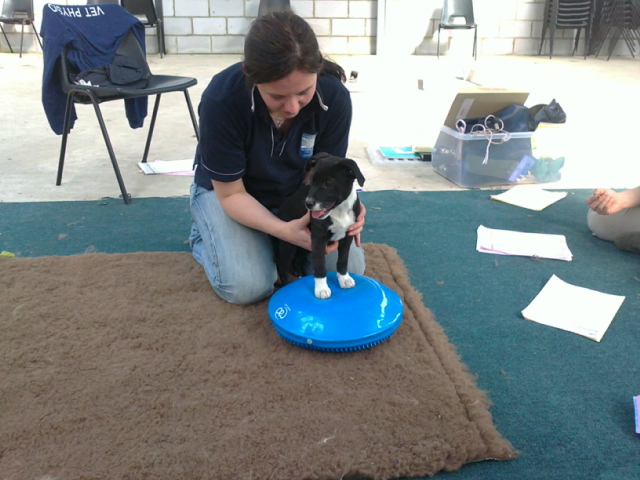
A rescue puppy working on his proprioception on the balance board.
Exercise Prescription
If neccesary I will develop an exercise prescription programme that is suitable for both you and your horse to carry out. The aim of which will vary for each animal but may be devised to help:
- Rehabilitation post-injury
- To address muscle damage from a badly fitting saddle,
- To work specific muscle groups that are under-developed,
- To stretch over-developed muscles or those in spasm.
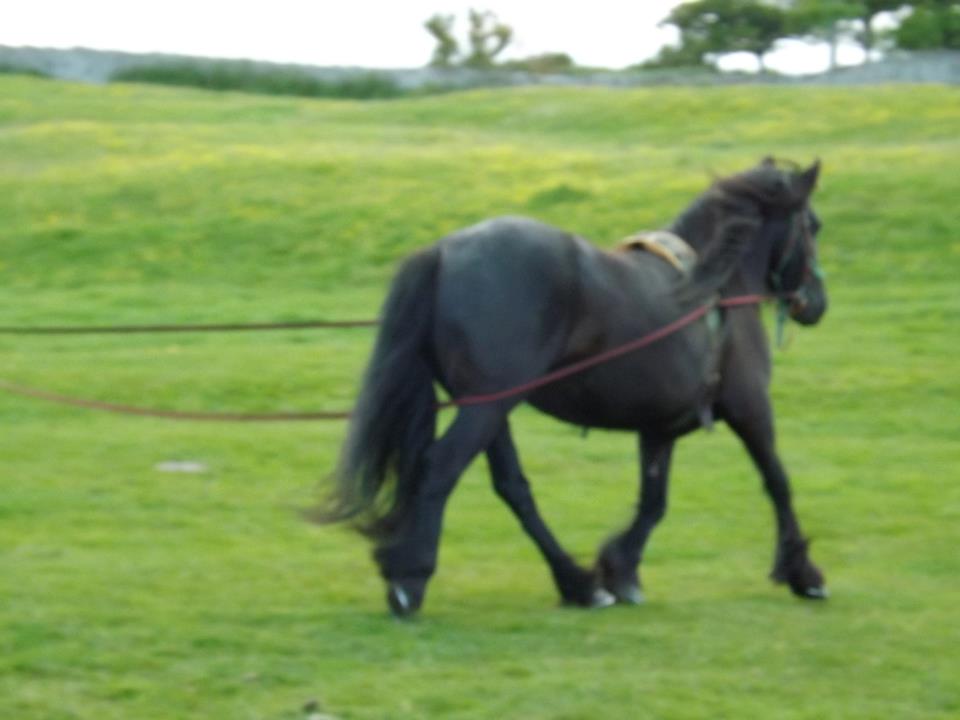
Loose jumping and cantering over poles in a forward seat are both great forms of prescriptive exercise.
Whenever I conduct a treatment on an animal it usually also includes McTimoney-Corley Spinal Manipulation & Shiatsu.
